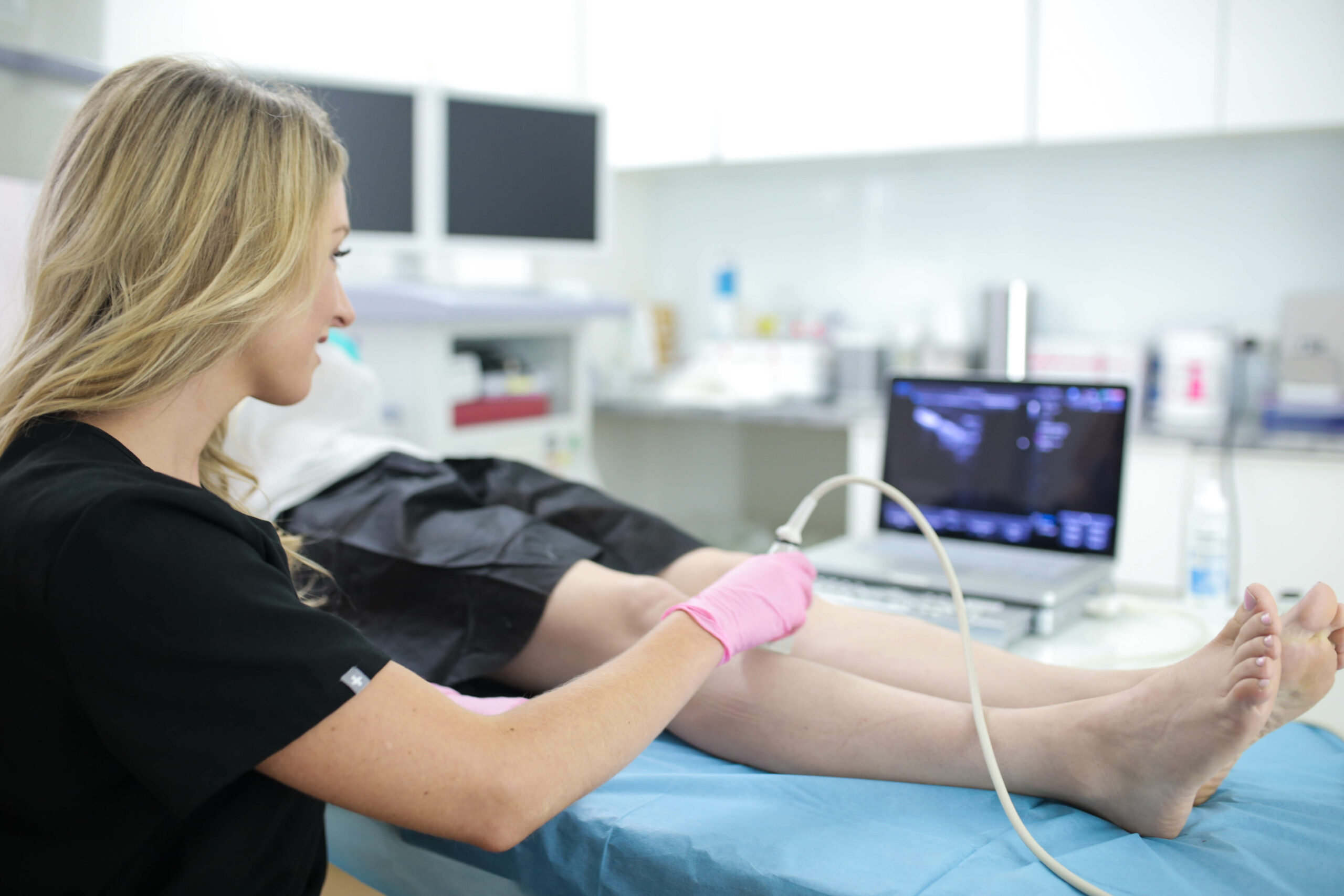Do veins grow back after removal?
If you’re about to undergo spider vein and varicose vein treatments, you may wonder, “do veins grow back after removal?” Answering that question is more challenging than you may think. Generally speaking, whether you develop new spider veins and varicose veins depends on the techniques used. Various factors contribute to the potential risk of vein disease recurrence. You must find highly-skilled and board-certified vein doctors specializing in cutting-edge spider vein and varicose vein treatments to minimize the risk of recurrence.

Vein Treatment Clinic is a group of state-of-the-art spider vein and varicose vein treatment clinics specializing in minimally invasive procedures. We have unanimous 5-star ratings and reviews from all patients because of our commitment to comprehensive and personalized vein care. We ensure optimal results with a negligible risk of vein disease recurrence. You can find our vein treatment clinics in New York, New Jersey, California, and Washington DC. Our vein clinic in the DC Metro Area is located in Bethesda, Maryland.
Below, we describe if veins grow back after removal, what determines the risk of vein disease recurrence, and how you can minimize the risk of vein disease recurrence.

The same spider veins and varicose veins won’t return… but you may develop new vein problems
Spider veins and varicose veins are essentially damaged blood vessels with excessive blood accumulation. During spider vein and varicose vein treatments, the vein doctor may use numerous techniques to destroy the damaged blood vessels’ walls, rerouting the accumulated blood into healthier veins. The vein doctor may use sclerosant injections, laser, or other techniques to destroy the veins and facilitate their absorption by the body.
Once the diseased vein is removed, it can’t grow back. But you can develop new spider veins and varicose veins because of unaddressed underlying factors. New blood vessels can get damaged, leading to increased blood circulation and the formation of new spider veins and varicose veins. In fact, patients with a history of vein problems have a particularly high risk of developing new spider veins, varicose veins, and other vein problems, such as leg swelling, leg heaviness, and restless leg syndrome.
The risk of the recurrence of spider veins and varicose veins is higher if you don’t treat underlying vein disease
The risk of recurrence of spider veins and varicose veins is particularly high if your vein doctor doesn’t identify and treat chronic venous insufficiency, the root cause of most vein problems. Venous insufficiency is a medical condition wherein the collapse of vein valves leads to backward blood circulation and the accumulation of blood in leg veins. The continued accumulation of blood in leg veins leads to spider veins, varicose veins, and vein problems.
Inexperienced vein doctors generally treat spider veins and varicose veins without addressing the root cause. But removing spider veins without addressing underlying vein disease is like painting over a stained wall without fixing the leaky pipes underneath — the stains will inevitably return. You must find vein doctors who thoroughly diagnose the root cause of your vein problems and curate comprehensive treatment plans for vein disease and the superficial spider veins and varicose veins.
You may develop new spider veins and varicose veins if there’s a recurrence of chronic venous insufficiency
Even if your vein doctor perfectly treats chronic venous insufficiency and the superficial varicose veins and spider veins, you still have a small risk of vein disease recurrence. Patients with a history of vein disease have a higher risk of vein disease recurrence because of genetic factors, biological factors, hormonal factors, etc. If another vein valve collapses, you may develop venous insufficiency in another region, leading to new spider veins and varicose veins.
Our vein doctors always treat vein disease and offer strategies to minimize the risk of vein disease. We offer compression stockings that can push the accumulated blood towards the heart, discuss exercises and lifestyle changes that improve blood circulation and help you lead a lifestyle that minimizes the risk of vein disease recurrence. Our patients have an extremely low rate of vein disease recurrence.
Can varicose veins return after treatment?
Varicose veins have a high risk of returning after vein treatment if your vein doctor doesn’t treat underlying chronic venous insufficiency. But even if your vein doctor treats underlying vein disease, there’s still a small chance of varicose vein recurrence. While the same varicose veins won’t return, you can develop new varicose veins in other regions, for which you’ll need another treatment.
What can get rid of varicose veins?
The best way to eliminate varicose veins is through minimally invasive procedures, such as endovenous laser ablation, radiofrequency ablation, venaseal, ambulatory phlebectomy, and sclerotherapy. You must contact a vein doctor who thoroughly diagnoses the root cause of varicose veins, curates a personalized treatment plan, and treats both vein disease and varicose veins.
Vein stripping vs. ablation: what’s better and why?
Vein stripping is a surgical procedure that involves multiple excisions, hospitalization, and the physical extraction of the diseased saphenous vein. Vein ablation is a minimally invasive procedure that involves channeling thermal or laser energy to destroy the diseased vein and reroute the accumulated blood into healthier leg veins. Vein ablation is safer, more effective, and more convenient than vein stripping. It also includes a lower risk of complications.
What is the best treatment for varicose veins in the legs?
Endovenous ablation is generally considered the best treatment for varicose veins in the legs. During endovenous ablation, the vein doctor makes a small incision on the leg to insert a specialized catheter that generates thermal energy or laser energy. Once the diseased vein is destroyed, the accumulated blood reroutes into healthier leg veins to restore optimal blood circulation to the heart. Endovenous ablation addresses the root cause of varicose veins, so it minimizes the risk of varicose veins returning.








